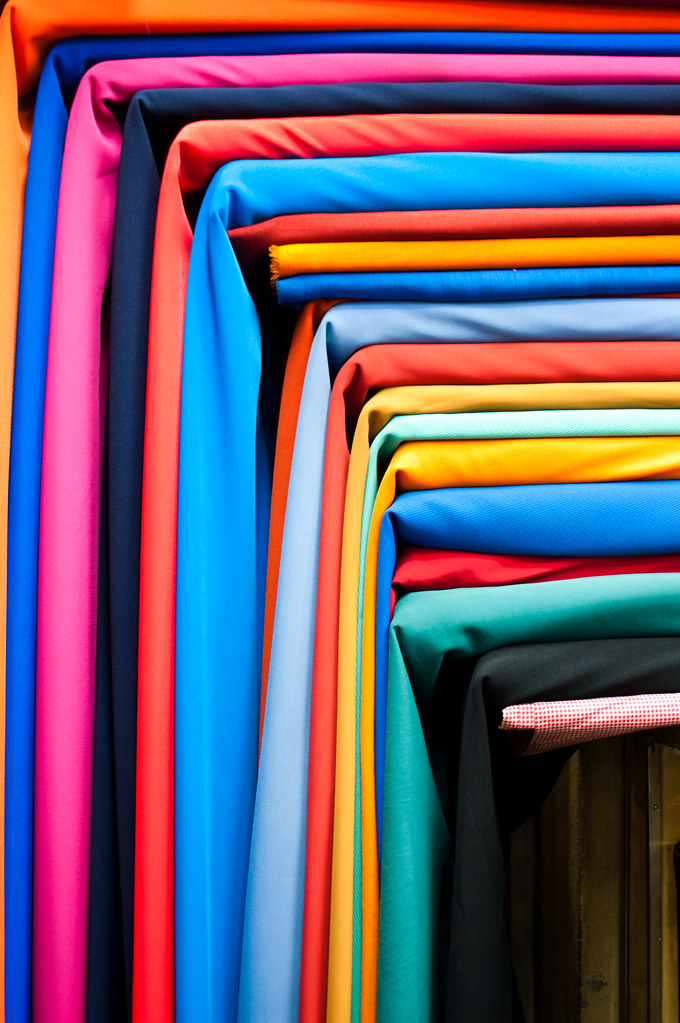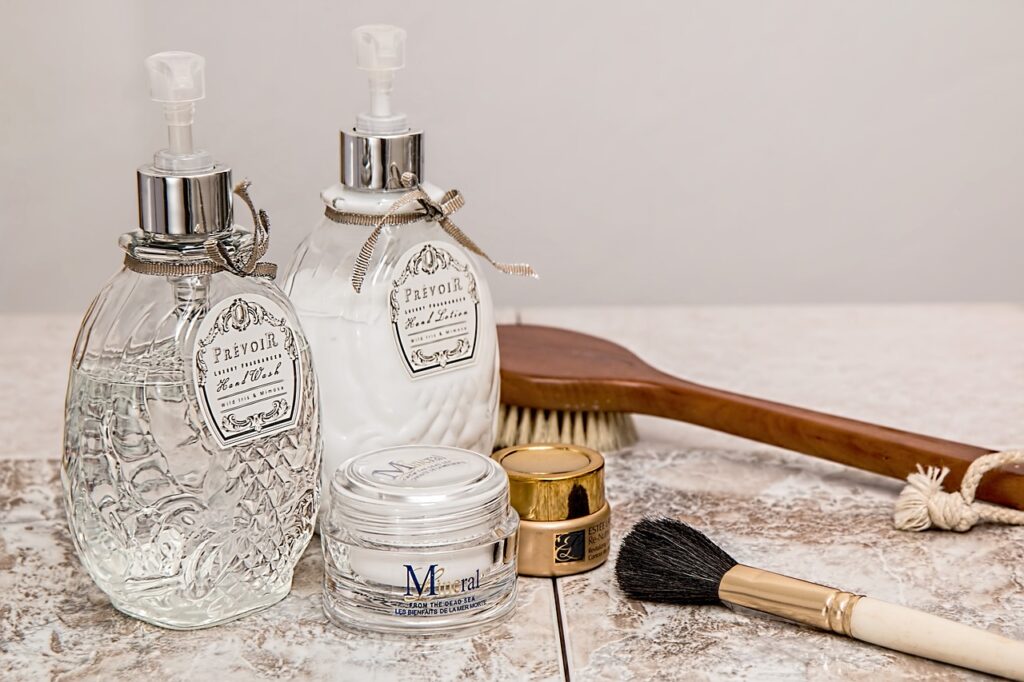In today’s increasingly disposable world, the quest for quality has never been more critical, especially as consumerism often prioritizes quick turnover over lasting value. As someone deeply engaged in modern shopping habits, I’ve witnessed firsthand how the quality of products has steadily declined, affecting everything from kitchen gadgets to personal tech. Once-reliable brands known for their durable craftsmanship have fallen victim to the urgency of mass production, leaving many of us longing for the reliable products of yesteryears. In this struggle, the question remains: are there still brands out there dedicated to quality?

The widespread decline in product quality resonates with many shoppers today. Take my experience with a cherished black bra, for example; a decade ago, I invested in a simple T-shirt style that became a staple in my wardrobe. While it was remarkable for its durability, the replacement I purchased from the same brand later turned out to be a disappointment — despite its seemingly improved appearance, it succumbed to wear and tear in no time, highlighting the stark contrast in quality over the years.
More and more consumers are voicing their concerns about the deterioration of quality across various products. Items that once boasted years of usability now seem to wear out within months, and the trend of designing products to be nearly unrepairable, coupled with ever-changing styles, only intensifies these worries.
Yet, amid this troubling trend, there is a glimmer of hope. Some brands continue to prioritize durability and craftsmanship, resisting the lure of mass production and cost-cutting strategies that compromise quality.
The lasting nature of these products often stems from authentic designs that go beyond mere aesthetics. Matthew Bird, a professor of industrial design, emphasizes that effective design is about problem-solving and meeting practical needs. In an era still influenced by the Industrial Revolution’s pressures, which often favor quantity over quality, there has been a noticeable absence of consumer-responsive design.
However, the essence of product longevity goes deeper than just design; it hinges on the quality of materials used. The shift towards inferior materials, rushed production processes, and labor exploitation have all significantly impacted product quality. Thankfully, some companies remain committed to high standards by utilizing sustainable materials in their offerings.
The pressing question is, how do we identify quality products in a sea of inferior alternatives? The answer lies in empowering ourselves through education and advocacy. We must learn to be more discerning buyers, looking beyond the flashy exteriors to evaluate the deeper values of durability and craftsmanship inherent in products.
Additionally, it’s crucial to keep an eye on regulations and policies that support quality. Advocating for right-to-repair laws is pivotal in reclaiming product longevity and sustainability. By insisting that companies create repairable goods and holding them accountable for their environmental and social responsibilities, we can challenge the prevalence of subpar products.
Although it may appear that disposable items dominate the market, quality products that stand the test of time still exist. As we navigate this complex landscape, it’s vital to remember that true quality reflects not only a product’s lifespan but also the values of the society that creates it. By championing quality, we move towards a more sustainable and thoughtful consumer culture.
Related posts:
Your stuff is actually worse now
State of the Union 2024
Accomplishments and Successes of Reducing Air Pollution from Transportation in the United States




